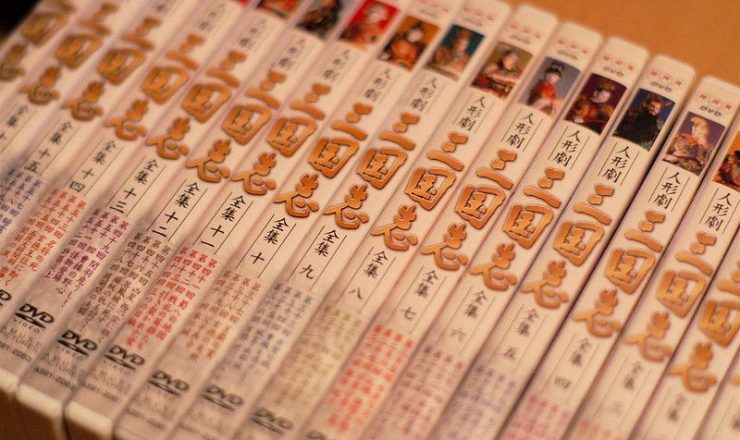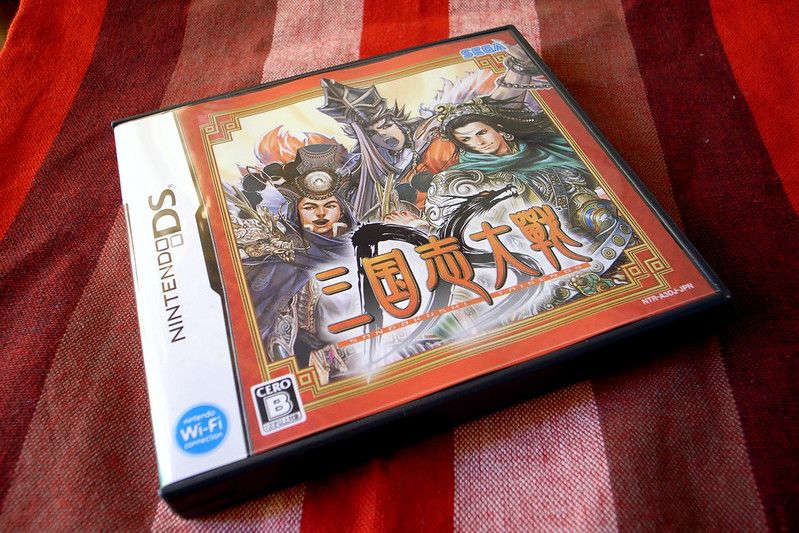Contribution to Subculture Research Uncovers Reasons Why Chinese Popular Fiction is Welcomed in Japan

Presentation Points
- Why are Chinese stories so popular in Japan?
- A tale of scholars socked away.
- Who Introduced the Interest of Chinese Novels?
Summary
Why are Chinese stories so popular?

In Japan, the popularity of “Sangokushi Enki” and “Saiyuki” has taken root, with ‘Sangokushi’ being a video game and “Saiyuki” being a comic book and anime, and they are an integral part of the current subculture.
But don't you wonder?
In the modern era, Japan has longed for Western culture, calling it civilization and enlightenment. In reality, however, Chinese stories are very popular.
Let me give you a simple example. If, during a kindergarten presentation, an older student told his mother, “I've been cast as the next King Lear!” I think the mother would blow tea.
But if I told her, “I've got a role in the upcoming Sun Wukong.” I think the mother would be satisfied if I told her. Why would she be convinced? I have never really understood the reason.

A tale of scholars socked away.

I have been researching why Chinese stories have penetrated so far into Japan. In the process, I have discovered two interesting characteristics.
The first is that “Journey to the West” and “Sanguozhi Yanyi” were written in a special language and were difficult to read even for experts.
The second is the mindset of university researchers. The researchers took the popular novel lightly as a mundane and ridiculous story.
So the worthless and esoteric Chinese popular novels were not the subject of research for a long time.
Who was the one who introduced the fun of Chinese popular fiction?

(source:https://inudaisho.hatenablog.com/entry/20170202/1488180661)
Although the Chinese popular novels were panned by scholars, their interesting and enjoyable content gradually became well known among the public.
And even if they can't read it perfectly, they want to read it. People who wanted to enjoy the real pleasure of it got together and started translating it. Many of those people are private, nameless people.
So many folk translations, done with the single-minded desire to read interesting stories, were subsequently published. This is what made the popularity of Chinese popular fiction in Japan so steadfast.
I have been involved in this research for almost 10 years. To date, I have discovered a total of 24 translators through the discovery of these “private, unnamed people”. Although the standard of translation of these translators varies, each of them has one thing in common. That is a strong desire to read interesting stories.
Human beings can overcome various difficulties. And the driving force behind this is the mind that finds it interesting. I think this is the very best part of research.
Publication, publication, etc.
〔paper〕
- 勝山稔・井上浩一「近代日本に於ける中国白話小説の受容について――伊藤貴麿の翻訳・受容活動を中心として」『国際文化研究科論集』27号、2019
- 勝山 稔「『楊家将演義』の時代における社会事情について――都市生活と婚姻事情を中心に」『楊家将演義読本』勉誠出版、2015
- 勝山 稔「日本伝統文化の形成を「訓読」から考える――近代日本における白話小説の文体――」『訓読から見なおす東アジア』東京大学出版会、2014
- 勝山 稔「その物語は海域を越えて――東京・鎌倉の文筆家と中国白話小説「三言」」(『海がはぐくむ日本文化』東京大学出版会、2014
- 勝山 稔編著『小説・芸能から見た海域交流』汲古書院、2010
- 勝山 稔「近代日本に於ける中国白話小説「三言」所収篇の受容について――村松暎・魚返善雄の翻訳と翻訳層の交代について――」『国際文化研究科論集』17号、2009
- 勝山 稔「支那に浸る人――井上紅梅が描いた日中文化交流」『から船往来―日本を育てた ひと・ふね・まち・こころ―』中国書店、2009
- 勝山 稔編著『日本庶民文芸と中国』勉誠出版、2007
contact information
- Katsuyama Laboratory
- E-mail: ktsumi1227(at)gmail.com
* Please convert (at) to @.

